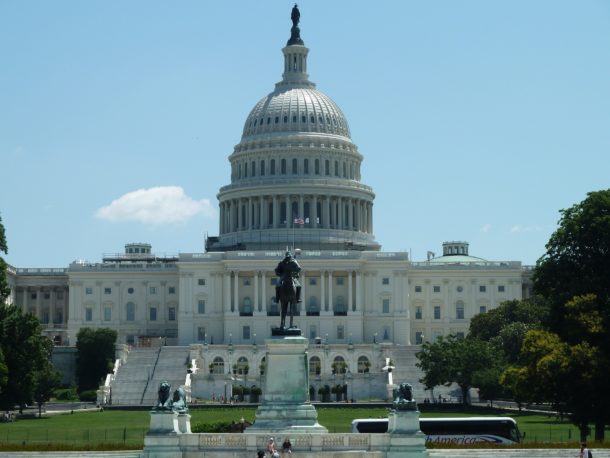The Centers for Medicare & Medicaid Services (CMS) on Tuesday provided details on the upcoming transition to the new Medicare payment model for skilled nursing facilities — as well as its key areas of scrutiny as the industry makes the switch.
In a Medicare Learning Network call, CMS officials discussed the inner workings of the new Patient-Driven Payment Model (PDPM), which was finalized in July of this year. The new model is scheduled to be implemented on October 1, 2019, with no transition period between the existing Resource Utilization Group, Version IV (RUG-IV) and the new system.
This is because a mixed implementation period would make life extremely difficult for providers, CMS said during the presentation.
“There is no transition period between RUG-IV and PDPM, but rather a hard switch from one system to the other,” a spokesman said on the call. “This is due to the potential for significant administrative burden that could arise from running the RUG-IV and PDPM systems concurrently.”
Logistics questions
Questions about the transition to PDPM have come up frequently among providers, CMS noted on the call. The lack of clarity has also come up for therapy; earlier this year, Aegis Therapies CEO Martha Schram said that members of the National Association for the Support of Long-Term Care — a major therapy trade group — have been coming to her with questions about what happens when the payment systems change.
“On September 30, there will be patients who are classified in the RUG-IV system, right? On October 1, they’ll be PDPM,” she told SNN last month. “We’re beginning to get some clarity, but we want to just validate things like: What’s required at that point? [What] if they started in RUGs and end in PDPM from a billing perspective? There’s just a lot of those sort of tactical logistics questions.”
The CMS presentation did address some of those issues in its presentation. All providers have to complete an interim payment assessment (IPA), with an assessment reference date (ARD) that is no later than October 7, 2019, for all SNF Medicare Part A patients, in order to receive a Health Insurance Prospective Payment System (HIPPS) code that can be used for billing on PDPM’s implementation date. Any so-called “transitional IPAs” with an ARD after October 7 would be considered late, and result in a penalty, CMS said.
The assessments are needed to obtain the patient classification information necessary for PDPM, and CMS deemed conducting a one-day and five-day assessment for all patients to be too burdensome for providers.
CMS also stressed that all RUG-IV rules continue to apply for all billing prior to PDPM’s October 1, 2019, start date.
CMS also touched on some of aspects of Medicaid that could be affected, such as the calculation of Upper Payment Limits in some states and the fact that some states use RUG systems in determining Medicaid rates. To deal with any issues at the retirement of PPS assessments for capturing patient case-mix, CMS is introducing the Optional State Assessment (OSA) for providers to report on Medicaid-covered stays. The OSA allows providers in states using RUG-III or RUG-IV models as the basis of Medicaid payment to use them until Sept. 30, 2020.
The impact of PDPM is more uncertain for a different aspect of reimbursement: Medicare Advantage.
“We don’t dictate to the private plans what they do,” a CMS spokesperson said when asked if Medicare Advantage plans must participate in PDPM. “Currently, private plans will pay however they choose to pay.”
An eye on therapy
CMS will closely monitor therapy levels even before PDPM takes effect, officials said on the call. This includes group and concurrent therapy levels; PDPM includes a provision that group and concurrent therapy minutes can account for no more than 25% of the total provided to the patient.
Because the amount of group and concurrent therapy provided under current rules is extremely low, CMS will take special note of any changes to these levels during the transition and beyond. But it will also be keeping an eye on therapy provision more generally; comments the agency received about PDPM suggested the possibility of therapy levels declining under the new model, given that incentives have shifted from volume to the treatment of more complex residents and conditions.
“We do plan on monitoring that and seeing how much of a change occurs, along with changes in the patient population,” a CMS spokesman said during the presentation. “Because if we don’t observe changes in the patient population … that would suggest that payment incentives are continuing to have an impact on care decisions, as opposed to the needs of the patients. Then we’ll have to consider the scope of those levels, whether it’s at the facility level or the national level, and then consider what’s appropriate [to address that].”
Written by Maggie Flynn



